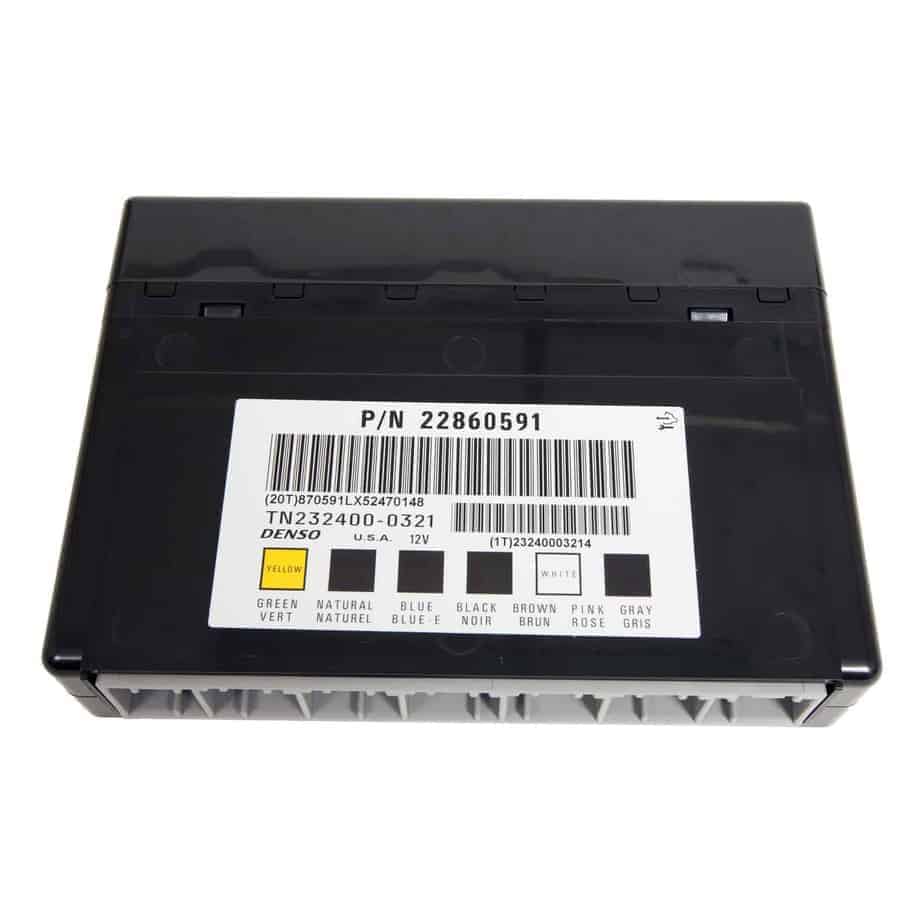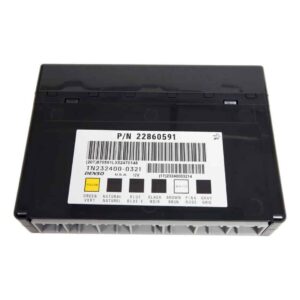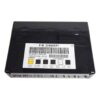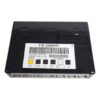If your 2010 Suburban is starting to feel haunted by electrical gremlins, you’ve come to the right place. As a technician with over two decades of experience, I’ve seen firsthand how a failing Body Control Module (BCM) can turn a reliable SUV into a source of constant frustration. It’s the vehicle’s central command for everything from your power windows and door locks to the interior lights and security system. When it starts to go, the symptoms can be bizarre and intermittent, making diagnosis a real headache.
This isn’t just a replacement part; it’s a complete solution. We take the biggest hurdle out of the repair process by programming this BCM specifically for your vehicle using your VIN. This means it arrives at your door with the latest GM software updates, ready for installation. You get to skip the expensive dealership visit for programming, saving you both time and hundreds of dollars. This is the same process we’d use in a professional shop to ensure a perfect, long-lasting repair.
Is Your Suburban Showing These Symptoms?
A failing BCM often sends out a cry for help through a variety of strange electrical issues. Here are some of the most common signs I’ve diagnosed in my shop that point directly to a faulty BCM:
- ✔ Power windows or door locks working intermittently or not at all.
- ✔ Interior or exterior lights flickering, staying on, or not turning on.
- ✔ The security system acting up, causing false alarms or no-start conditions.
- ✔ Unexplained battery drain that leaves you with a dead battery overnight.
- ✔ The radio or instrument cluster randomly shutting off.
- ✔ Communication error codes stored, such as U0140 (Lost Communication With Body Control Module).
A Technician’s Notebook
I remember a 2010 Suburban that came into the bay with a complaint that would drive any owner crazy: the alarm would randomly go off in the middle of the night. The battery was also weak every morning. The owner had already replaced the battery twice. After checking for draws and finding nothing consistent, we dug into the data stream. We noticed the BCM was intermittently sending a ‘panic’ signal without any input. A simple swap with a pre-programmed BCM like this one solved the issue instantly. The client was thrilled to have his peace and quiet back without a massive dealership bill.
The Advantage of a Pre-Programmed 2010 Suburban Body Control Module
Ordering a BCM from the dealer means you get a blank box. You then have to get your vehicle to their service department to have it programmed, adding cost and complexity. Our service eliminates that step entirely. By providing your VIN at checkout, you receive a module that is a true plug-and-play component, calibrated to the specific options and software your Suburban left the factory with, plus any subsequent updates from GM for improved performance and reliability.
A Straightforward Guide to Installation
Replacing the BCM on your Suburban is a manageable job for a confident DIYer. The module is typically located under the driver’s side of the dashboard. While exact steps can vary slightly, here is a general guide:
- Safety First: Always disconnect the negative terminal from your vehicle’s battery before starting any electrical work.
- Locate the BCM: On most 2010 Suburbans, it’s found under the steering column area, often behind a lower dash panel. You may need to remove a trim piece or two for access.
- Disconnect and Remove: Carefully unplug the electrical connectors from the old BCM. They have locking tabs that need to be depressed. Once disconnected, unbolt or unclip the module from its mounting bracket.
- Install the New BCM: Mount your new, pre-programmed BCM in the same location and securely reconnect all the electrical harnesses. Ensure they click into place.
- Post-Installation Checks: Reconnect the battery terminal. Start the vehicle and test all the functions controlled by the BCM: lights, locks, windows, radio, etc.
Important Note on Post-Installation Procedures: In some cases, additional steps may be required. If your airbag light is on, a professional scan tool is needed to perform the ‘Setup SDM Primary Key in BCM’ procedure. Similarly, a ‘Brake Pedal Position Relearn’ might be necessary. Always consult a factory service manual for specifics related to your vehicle.
Will This Fit My Vehicle?
This Body Control Module is a direct-fit replacement for a wide range of GM vehicles. Please verify that your vehicle is on the list below and that your original part number is listed. This unit replaces the following GM part numbers:
Interchangeable Part Numbers: 10382479, 15093910, 15276271, 15299986, 15819552, 15828601, 15837419, 15872388, 15872421, 15880684, 15921352, 15921353, 15948438, 15948439, 20815898, 20839063, 20864767, 20864768, 20921435, 20921436, 20935349, 22860591, 25826124, 25826125, 25847588, 25847589, 25892622, 25910474, 25934762, 25934763, 95151084
Primary Fitment Includes:
Frequently Asked Questions
Do I need to send my old BCM back?
No. We do not require a core return for this part. You can keep your original module, which simplifies the process for you.
What information do you need to program the module?
After you complete your purchase, we will need the 17-digit Vehicle Identification Number (VIN) from your Suburban. This allows us to load the exact correct software and settings for your specific vehicle configuration.
Is any other programming needed after installation?
In most cases, no. Our programming covers the primary functions. However, on some GM vehicles, a security relearn, brake pedal position relearn, or airbag system sync may be required. These typically need a bi-directional scan tool.
Will this fix my ‘Service StabiliTrak’ message?
A failing BCM can sometimes contribute to traction or stability control warnings, especially if it disrupts communication with other modules. While this can be the solution, StabiliTrak issues can also be caused by wheel speed sensors or steering angle sensors, so proper diagnosis is key.
What if I install it and still have problems?
While this BCM will solve issues caused by a faulty module, it won’t fix problems elsewhere in the vehicle, like a bad wiring harness or a faulty switch. If problems persist, it indicates the issue lies with a different component in the system.



